Significance
Xinpu’s Baozhong Yimin Temple is the center of the Hakka Yimin religion, a folk religion developed to honor soldiers who died to protect their homeland. After the Japanese forces withdrew from Taiwan in 1945, the Hakka people in the north began spreading across the country, carrying consecrated religious statues conferred by Baozhong Yimin Temple with them and building more temples wherever they settled. Most of the Yimin temples in Taiwan regard Baozhong Yimin Temple as their “origin temple,” a significant title in Buddhism usually given to temples of higher status. Baozhong Yimin Temple is also known to be the largest religious sect in the country that can trace its origins to a village alliance (a common alliance between several villages to manage and protect their lands together, known by the term liánzhuāng). The temple boasts a great many plaques, including the “Honored for Loyalty” (bāozhōng) plaque bestowed by an emperor of the Qing Dynasty and the “Loyal and Patriotic” (jìnzhōng bàoguó) plaque given by Kiyoshi Hasegawa, the Japanese Governor-General of Taiwan. Both plaques are important historical relics of the temple.
History
Xinpu Baozhong Yimin Temple is the religious center for Hakka communities in Northern Taiwan. Its origins can be traced back to the Qing Dynasty. In 1786, the Qing emperor was trying to suppress an anti-Qing organization called Tiandihui (literally the Society of the Heaven and the Earth). Lin Shuangwen (1756 — 1788), the society’s leader in Taiwan at the time, gathered and led a militia against the imperial soldiers in what later became known as the Lin Shuangwen Rebellion. The militia started out from its base in Changhua City and moved northward to attack the Tamsui Sub-prefecture, which included the entirety of northern Taiwan at the time. They eventually advanced into Liuzhangli Village in northern Hsinchu (today’s Liujia Area), pillaging along the way. To protect their own lands from the militia, Lin Xian-Kun (1725 – 1806), one of the local gentry, organized a group of men known as the Yimin troops, or “Righteous Citizens,” to help the imperial soldiers defend the area. By the time the rebels were subdued, over 200 local men had died in battle. These men were buried at a site that became known as the Main Cemetery (dàzhǒng). Emperor Qianlong of China bestowed a plaque with the inscription “Honored for Loyalty” (bāozhōng) in recognition of the people who contributed to the government’s defense. Local gentry then proposed to construct a temple to honor these men. Construction began in the winter of 1786 and was completed in two years. In 1835, Yimin Temple established the Yue Don I-min (Yimin) Temple Investiture Offering Ceremony Register, a registry that enlisted local citizens to help with temple maintenance and event organization. This then established a tradition for the Hakka people of Taoyuan and Hsinchu to regularly hold festivals together. In 2006, Yimin Temple was registered as a Hsinchu County historical site.
Special Features
1The Arches (páilóu) of Yimin Temple As you walk up the steps in front of Baozhong Police Station, you will see a colorful arched gateway (páilóu) with plaques stating “Baozhong Temple,” “For Honor” (chéngrén), and “For Righteousness” (qǔyì). A series of dǒugǒng (interlocking brackets) supporting five curved beams rise up above the lintels of the arches. The brackets are round and layered on top of one other, and add a sense of vitality and splendor to the arches. The guardian lions beside the gate are carved from bluestone. The male lion is on the left and the female on the right. These guardian lions have garnered praised from an artistic standpoint for the perfection of their proportions and lines.
As you walk up the steps in front of Baozhong Police Station, you will see a colorful arched gateway (páilóu) with plaques stating “Baozhong Temple,” “For Honor” (chéngrén), and “For Righteousness” (qǔyì). A series of dǒugǒng (interlocking brackets) supporting five curved beams rise up above the lintels of the arches. The brackets are round and layered on top of one other, and add a sense of vitality and splendor to the arches. The guardian lions beside the gate are carved from bluestone. The male lion is on the left and the female on the right. These guardian lions have garnered praised from an artistic standpoint for the perfection of their proportions and lines.
2The Two Cemeteries Behind Yimin Temple are two large Yimin (“Righteous Citizen”) cemeteries. One of them is the Yue Don Baozhong Yimin Cemetery built in 1784 and renovated in the summer of 1923. This is where the Hakka people who died defending their hometown during the Lin Shuangwen Rebellion are buried. Their sacrifice prompted the Qing Emperor to bestow the “Honored for Loyalty” (bāozhōng) plaque to the village. Lin Xian-Kun, local leader at the time, received orders to bury the deceased men together to permanently honor their memories. This cemetery is commonly known as the Main Cemetery (dàzhǒng). The other cemetery, with the “Remarkable Place and People” (dìlíngrénjié) plaque, is known as the Secondary Cemetery (fùzhǒng). There, the men who died fighting in the Tai Chao-chuen Incident (another anti-Qing rebellion) of 1862 are buried.
Behind Yimin Temple are two large Yimin (“Righteous Citizen”) cemeteries. One of them is the Yue Don Baozhong Yimin Cemetery built in 1784 and renovated in the summer of 1923. This is where the Hakka people who died defending their hometown during the Lin Shuangwen Rebellion are buried. Their sacrifice prompted the Qing Emperor to bestow the “Honored for Loyalty” (bāozhōng) plaque to the village. Lin Xian-Kun, local leader at the time, received orders to bury the deceased men together to permanently honor their memories. This cemetery is commonly known as the Main Cemetery (dàzhǒng). The other cemetery, with the “Remarkable Place and People” (dìlíngrénjié) plaque, is known as the Secondary Cemetery (fùzhǒng). There, the men who died fighting in the Tai Chao-chuen Incident (another anti-Qing rebellion) of 1862 are buried.
3Plaques in the Main Hall To honor the Taiwanese people who aided imperial soldiers during the Lin Shuangwen Rebellion, Emperor Qianlong bestowed two plaques on Taiwan. The “Honored for Loyalty” (bāozhōng) plaque was given to the Hakka people of Hsinchu, and now hangs above the main hall of Baozhong Yimin Temple. The second was the “Raised for Righteousness” (jīngyì) plaque given to the Minnan people in Zhuluo (today’s Chiayi County). The tribute “Honored for Loyalty” is a clear reflection of the loyal spirit of Hakka communities. The plaque has since become an iconic symbol of the temple. Another notable relic, the “Loyal and Patriotic” (jìnzhōng bàoguó) plaque, was bestowed by a Japanese Governor-General of Taiwan, Kiyoshi Hasegawa (1883 – 1970). The plaque was sent as a reassurance to the people that the temple would not be harmed despite it being previously slated for destruction under the policy of the previous Governor-General, Seizō Kobayashi, as part of the Japanization movement.
To honor the Taiwanese people who aided imperial soldiers during the Lin Shuangwen Rebellion, Emperor Qianlong bestowed two plaques on Taiwan. The “Honored for Loyalty” (bāozhōng) plaque was given to the Hakka people of Hsinchu, and now hangs above the main hall of Baozhong Yimin Temple. The second was the “Raised for Righteousness” (jīngyì) plaque given to the Minnan people in Zhuluo (today’s Chiayi County). The tribute “Honored for Loyalty” is a clear reflection of the loyal spirit of Hakka communities. The plaque has since become an iconic symbol of the temple. Another notable relic, the “Loyal and Patriotic” (jìnzhōng bàoguó) plaque, was bestowed by a Japanese Governor-General of Taiwan, Kiyoshi Hasegawa (1883 – 1970). The plaque was sent as a reassurance to the people that the temple would not be harmed despite it being previously slated for destruction under the policy of the previous Governor-General, Seizō Kobayashi, as part of the Japanization movement.
4The Hakka Yimin Festival The Hakka Yimin Festival held in Xinpu during the seventh month of the lunar calendar is a significant annual event for the Hakka Yimin religion. Its history goes all the way back to the original festival that was held after the completion of Yimin Temple in 1788. Initially, it was held as a small regional ceremony with Lin Xian-Kun and three other people alternately taking charge of the event. Then, in 1835, people from the entire Hsinchu and Taoyuan area were invited to join in, expanding the celebration to thirteen villages, and these villages took turns organizing the festival each year. Also in 1835, the Yue Don I-min Temple Investiture Offering Ceremony Register was established to solicit and record local residents’ contributions to temple affairs. In 1976, the festival expanded to reach a record-breaking fifteen villages, becoming largest religious event for the Hakka community in Taiwan.
The Hakka Yimin Festival held in Xinpu during the seventh month of the lunar calendar is a significant annual event for the Hakka Yimin religion. Its history goes all the way back to the original festival that was held after the completion of Yimin Temple in 1788. Initially, it was held as a small regional ceremony with Lin Xian-Kun and three other people alternately taking charge of the event. Then, in 1835, people from the entire Hsinchu and Taoyuan area were invited to join in, expanding the celebration to thirteen villages, and these villages took turns organizing the festival each year. Also in 1835, the Yue Don I-min Temple Investiture Offering Ceremony Register was established to solicit and record local residents’ contributions to temple affairs. In 1976, the festival expanded to reach a record-breaking fifteen villages, becoming largest religious event for the Hakka community in Taiwan.
Reminders
The Hakka Yimin Festival, held on the 20th day of the seventh month of the lunar calendar, is the single most important event of Hakka culture. Each year, the temple square becomes a boisterous venue for festive activities and the gathering place for offerings brought by the believers.
Panoramic
Directions